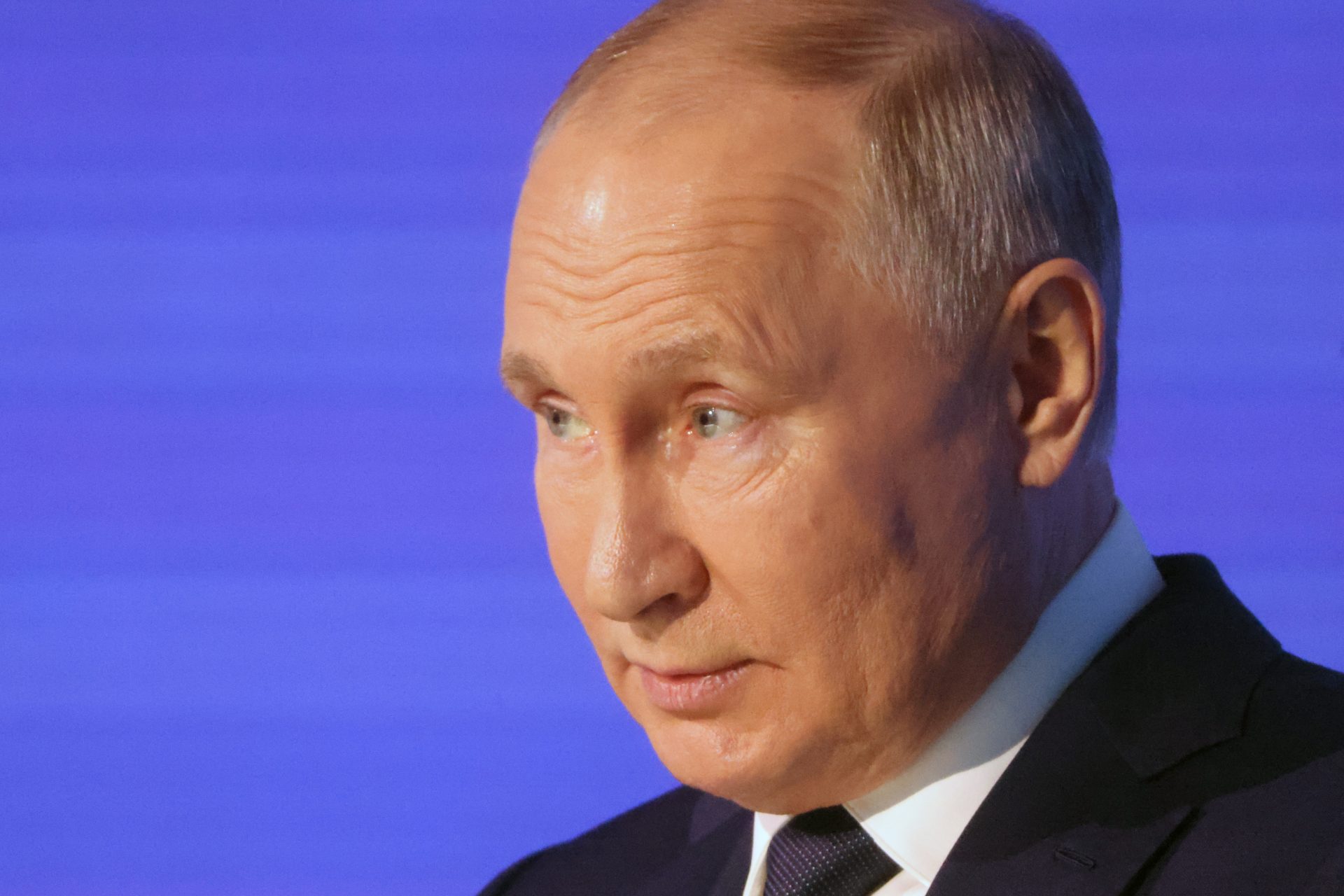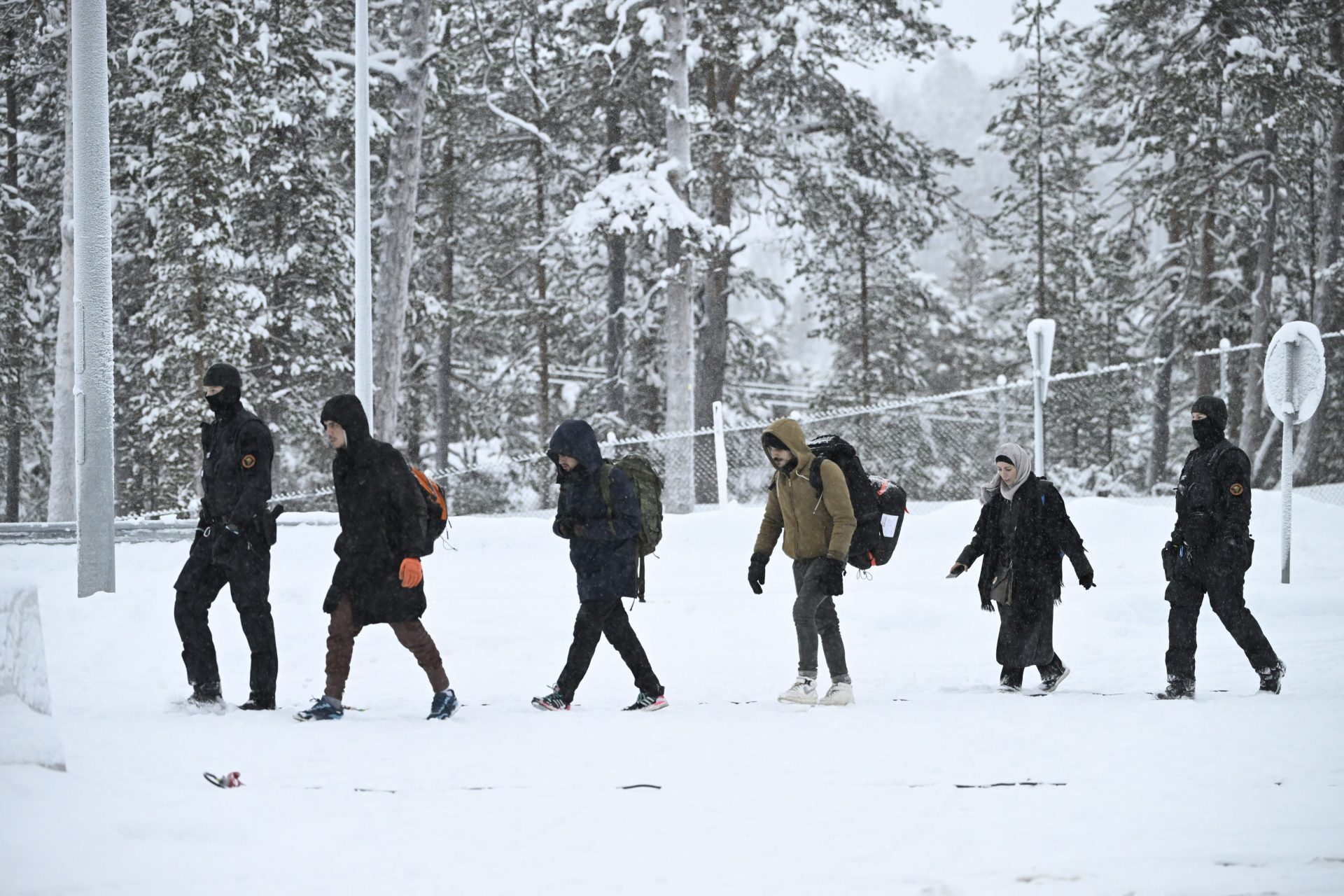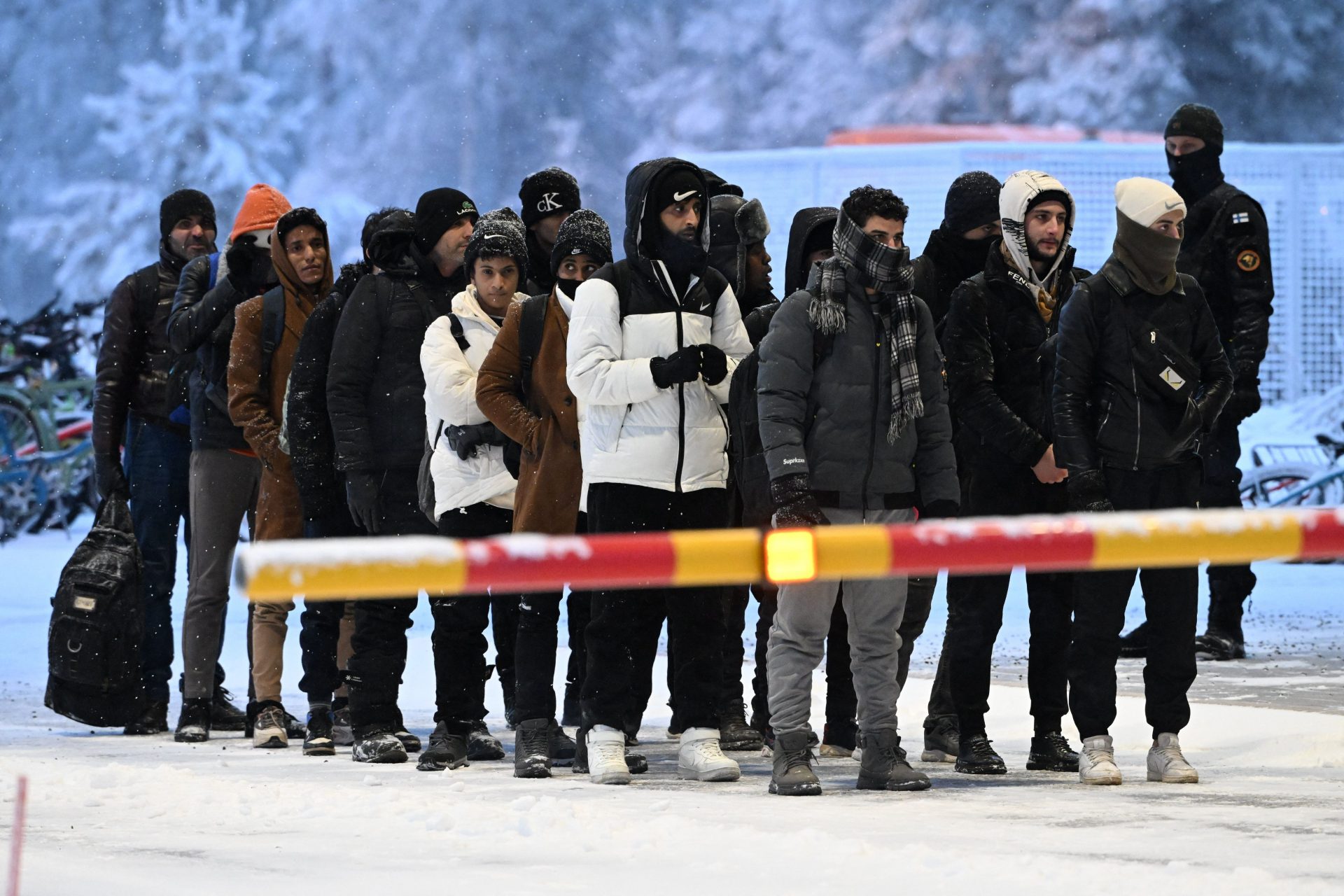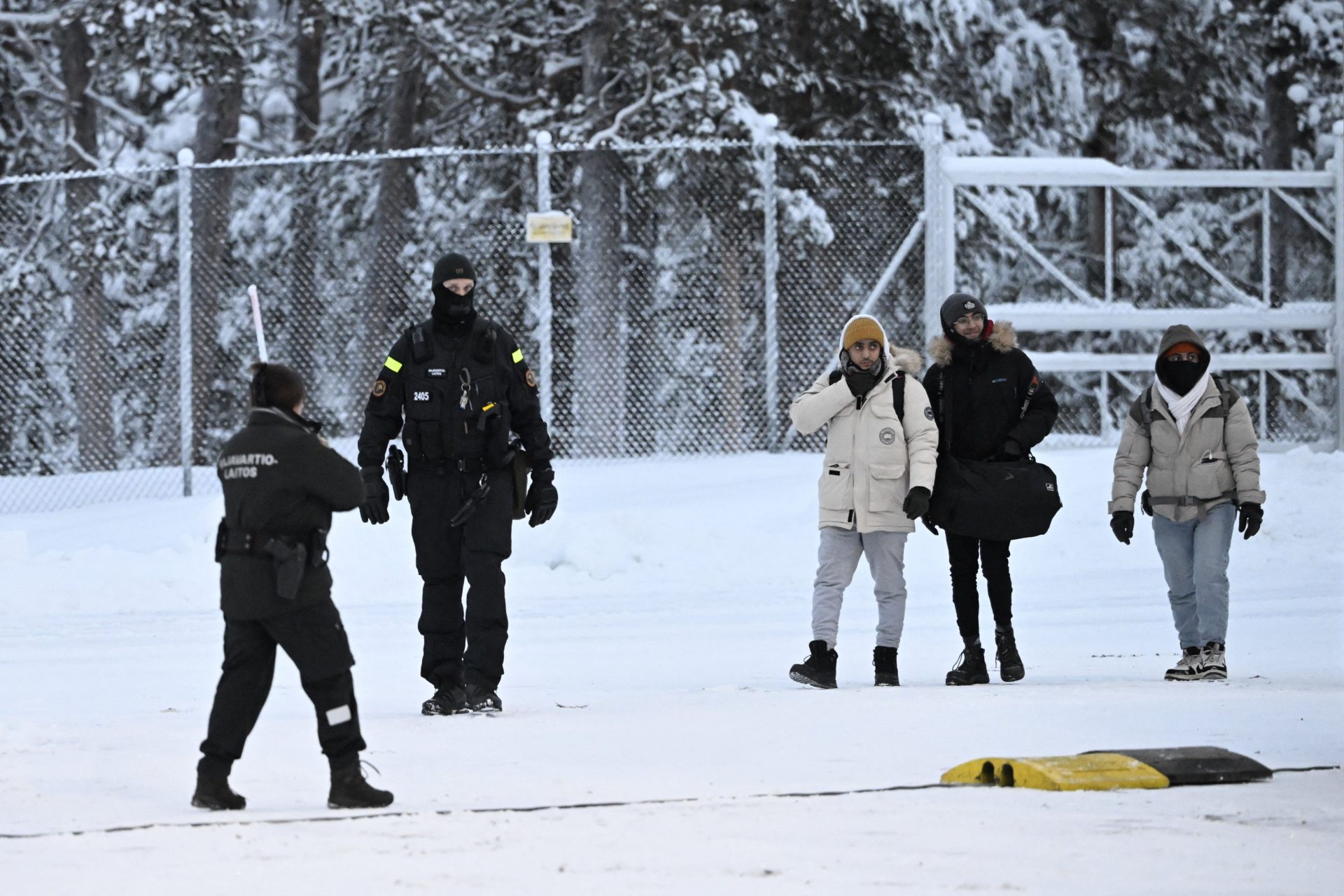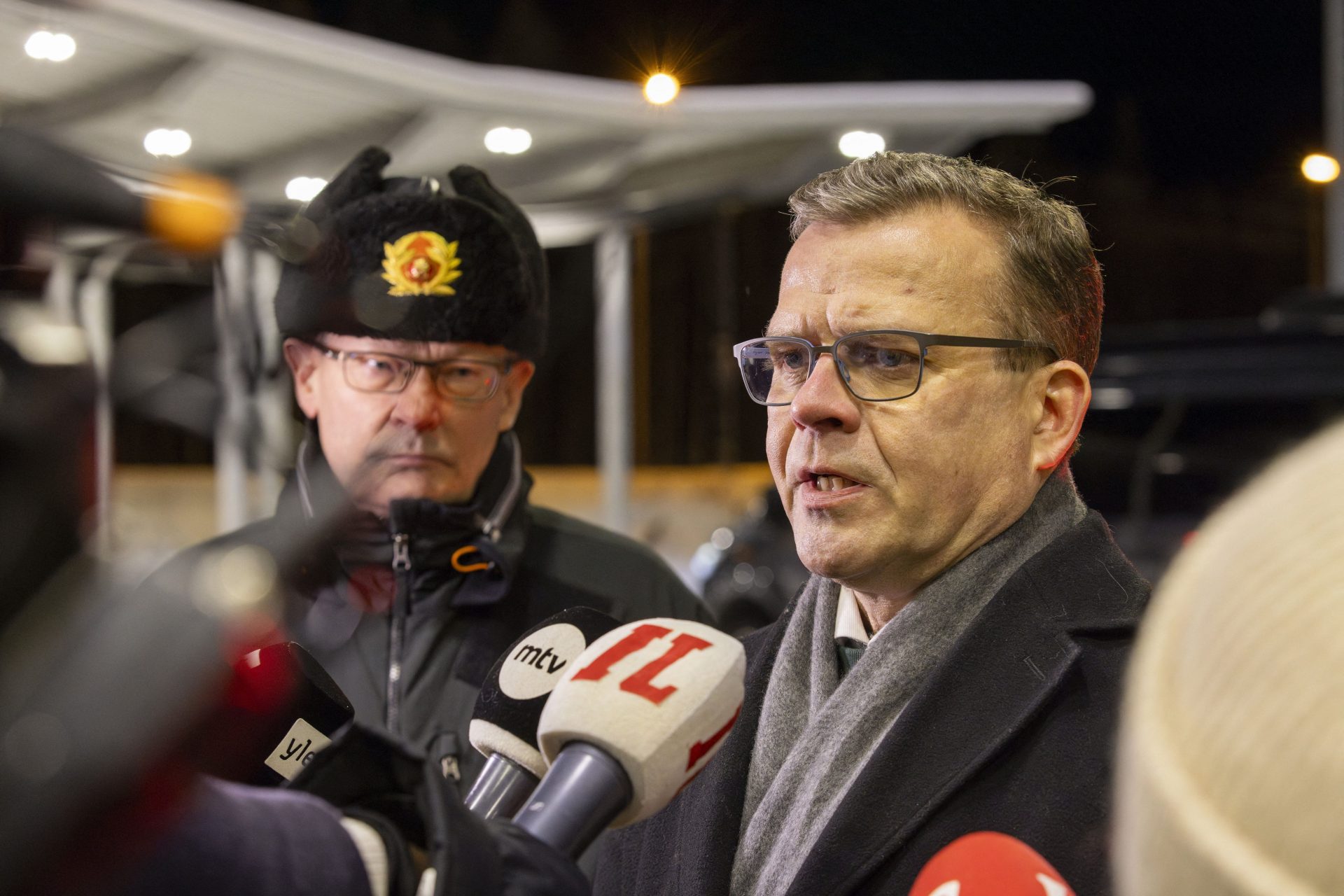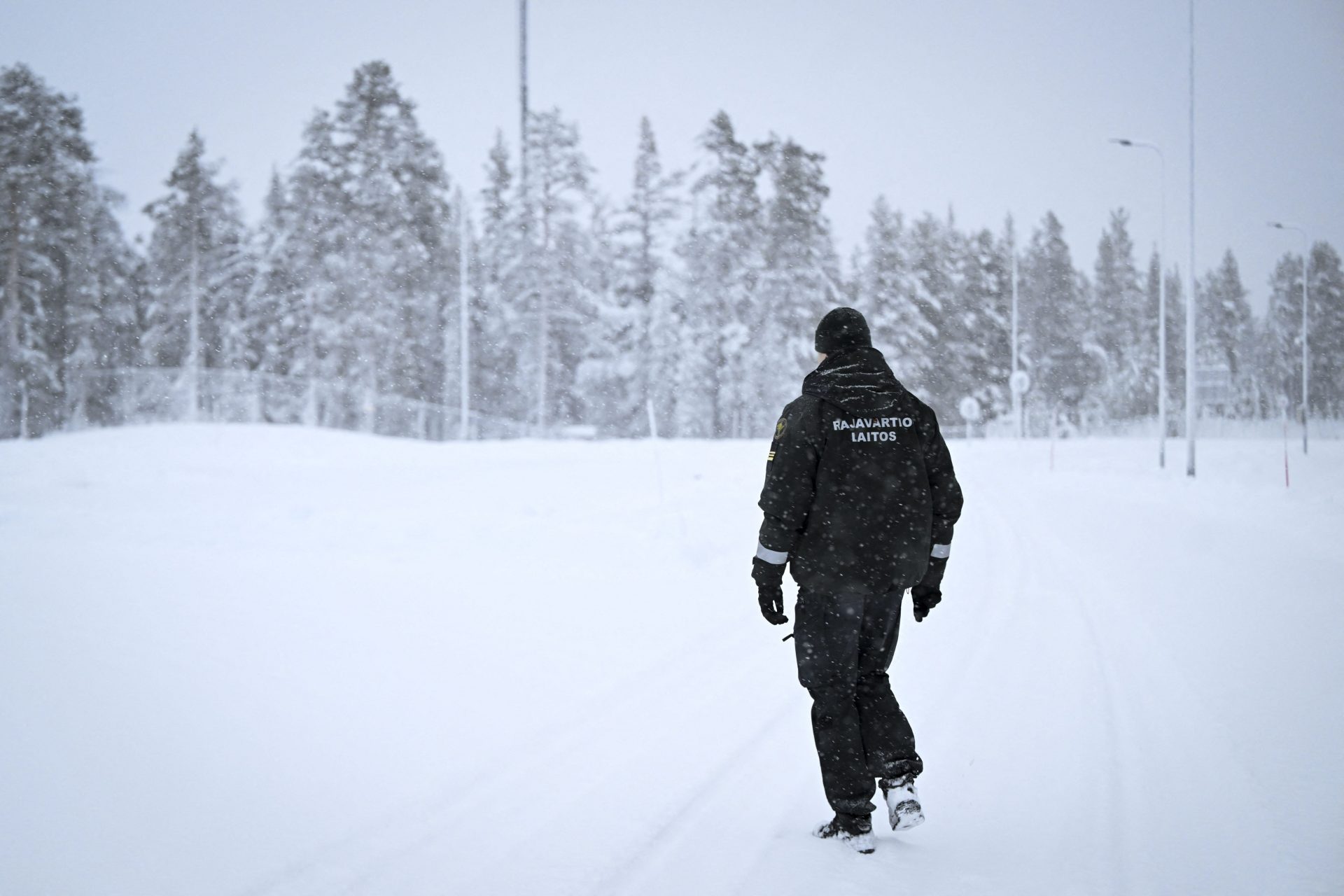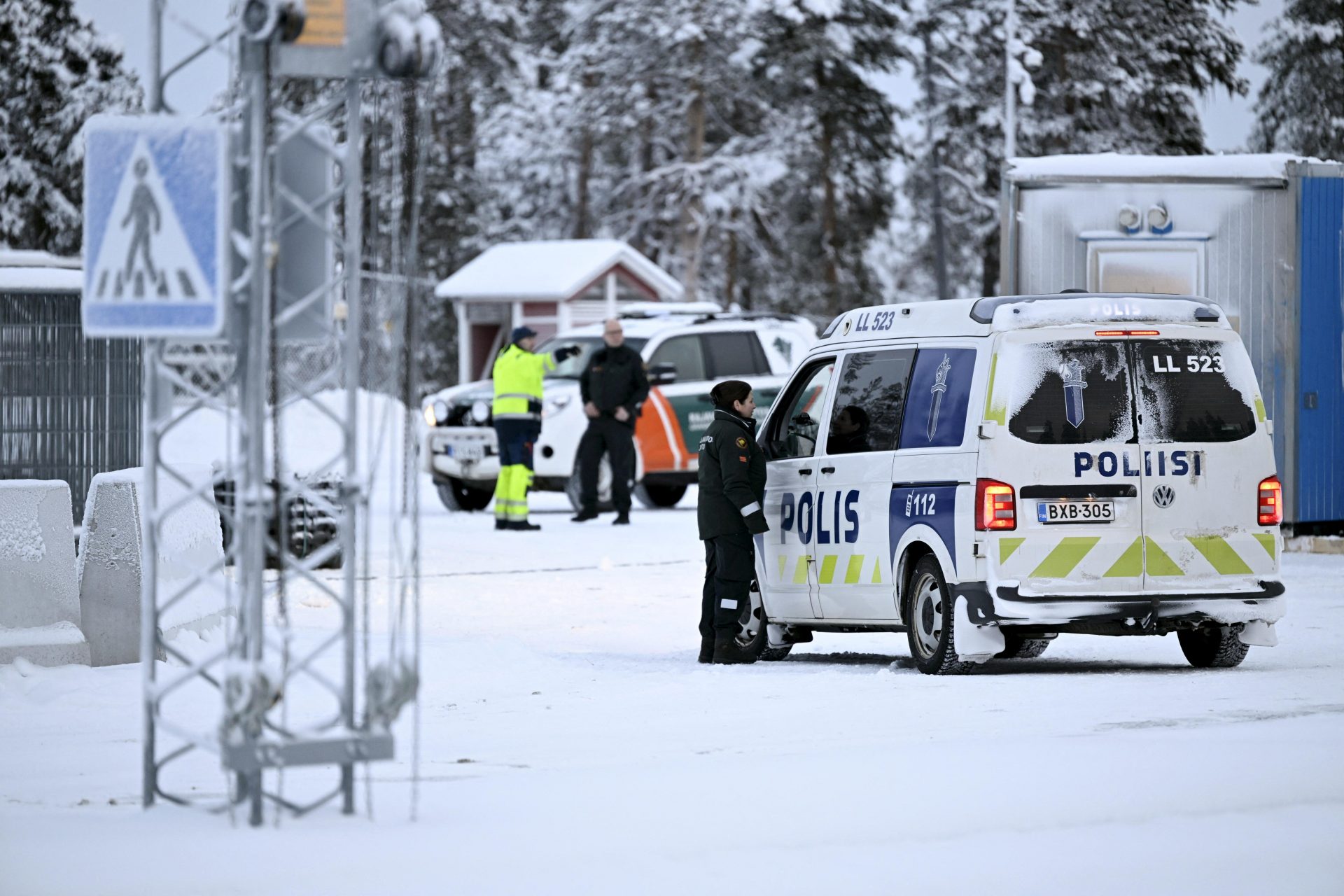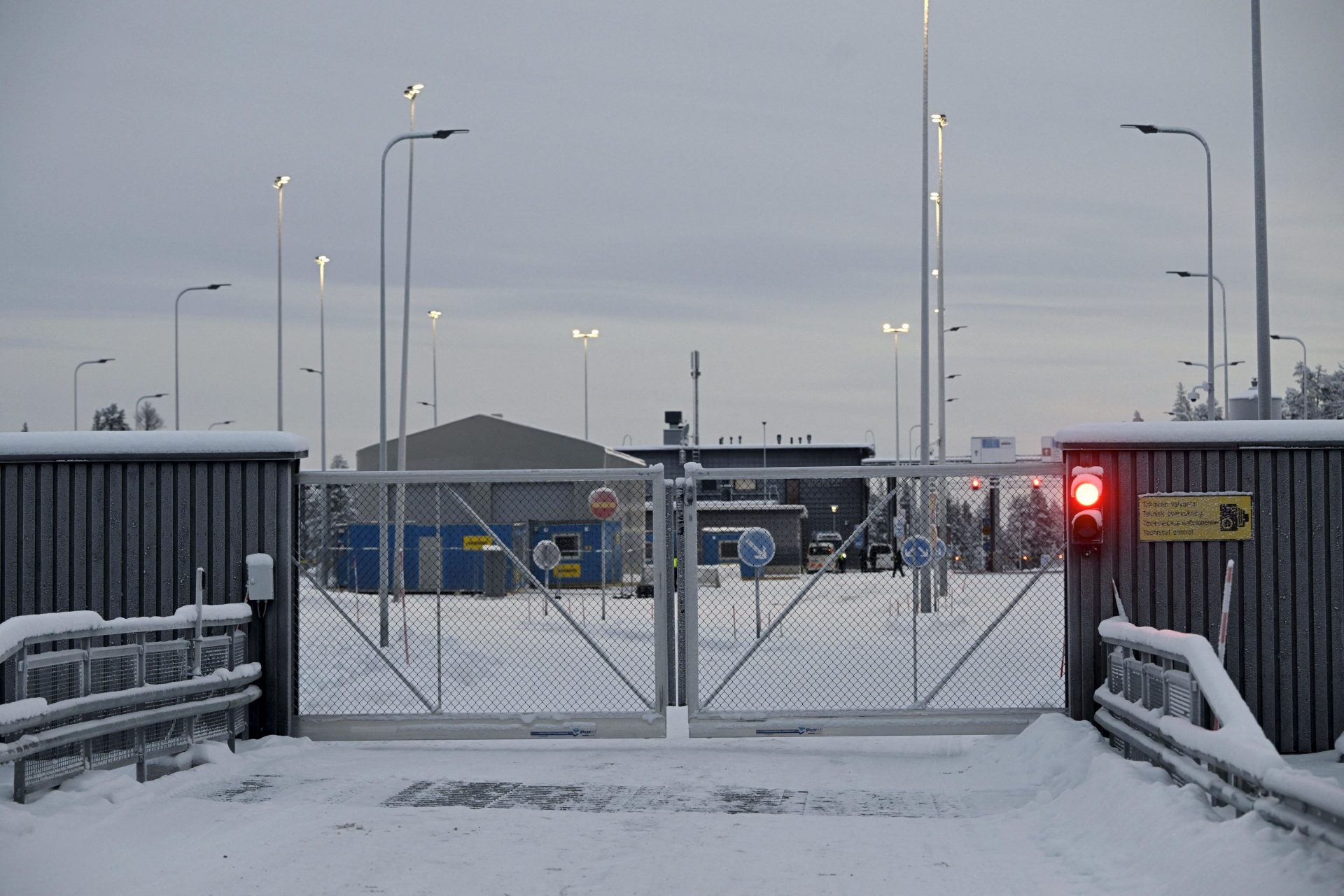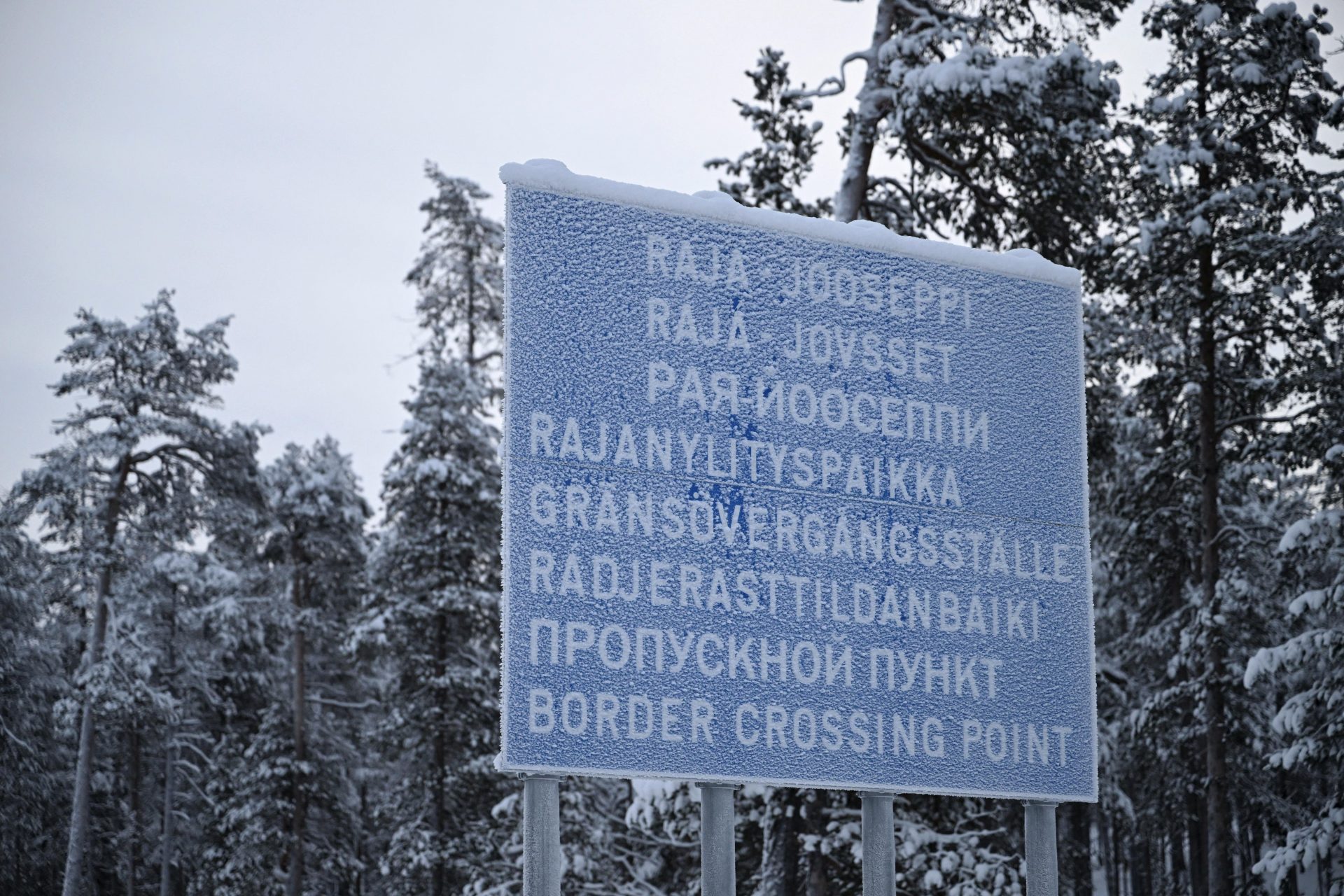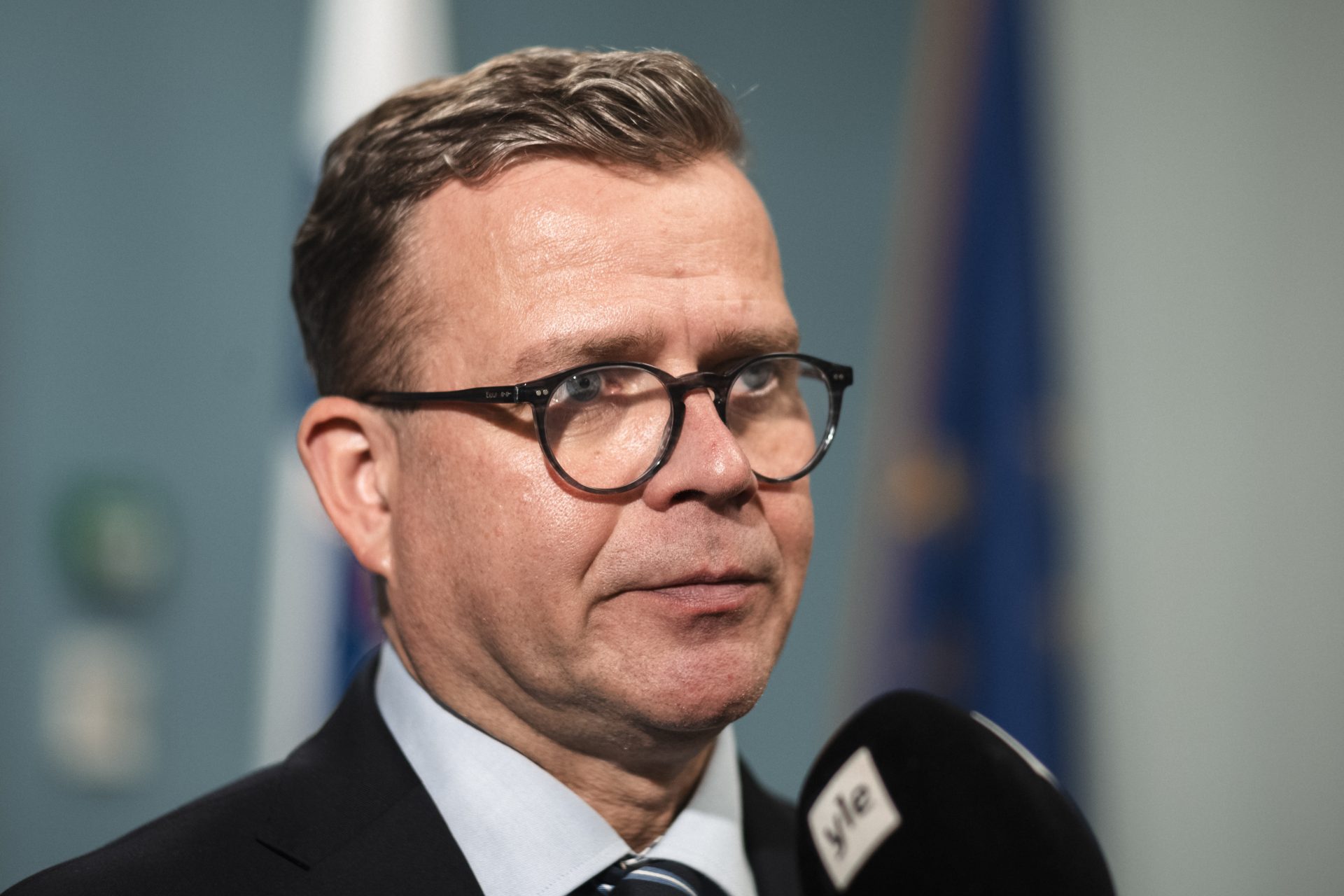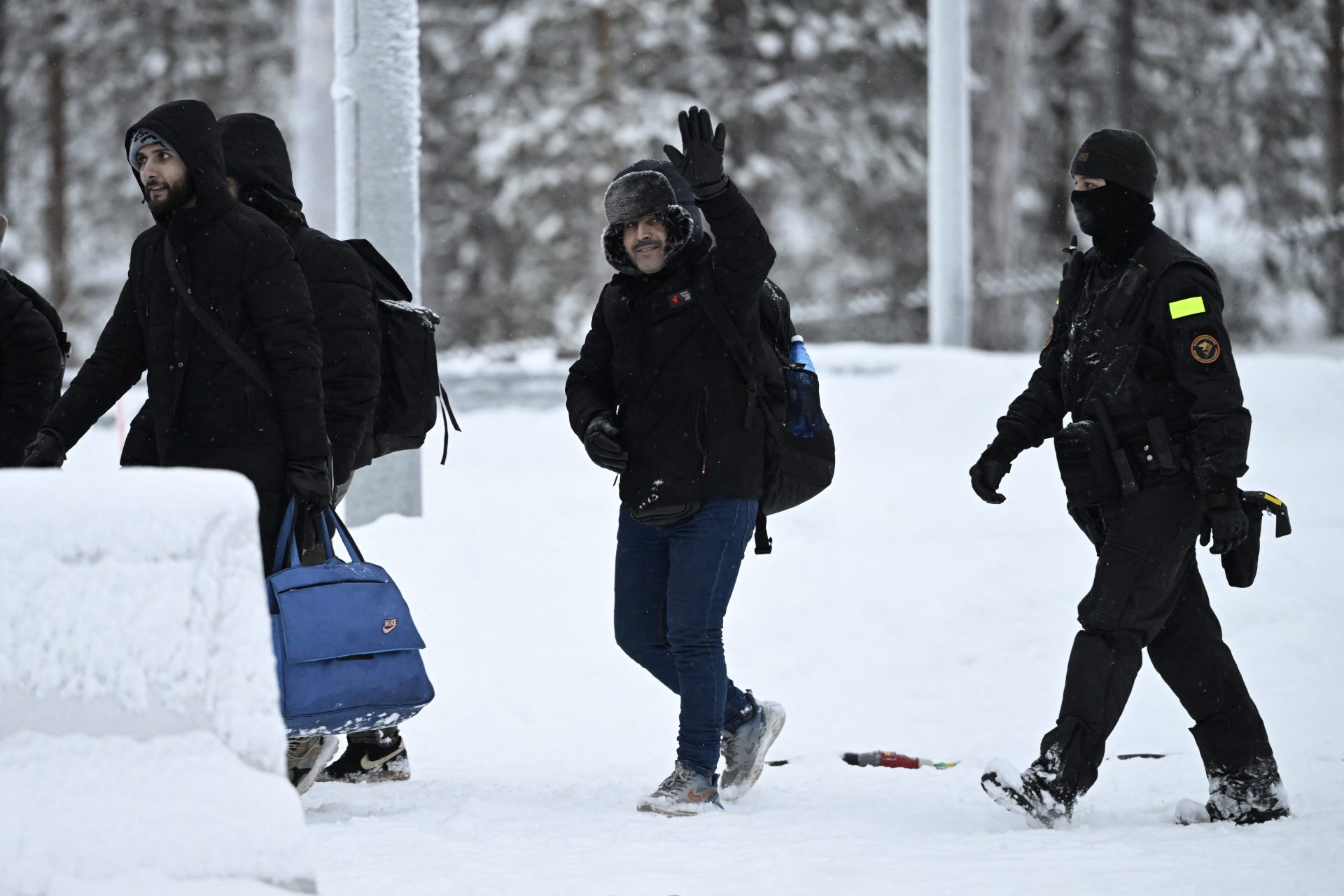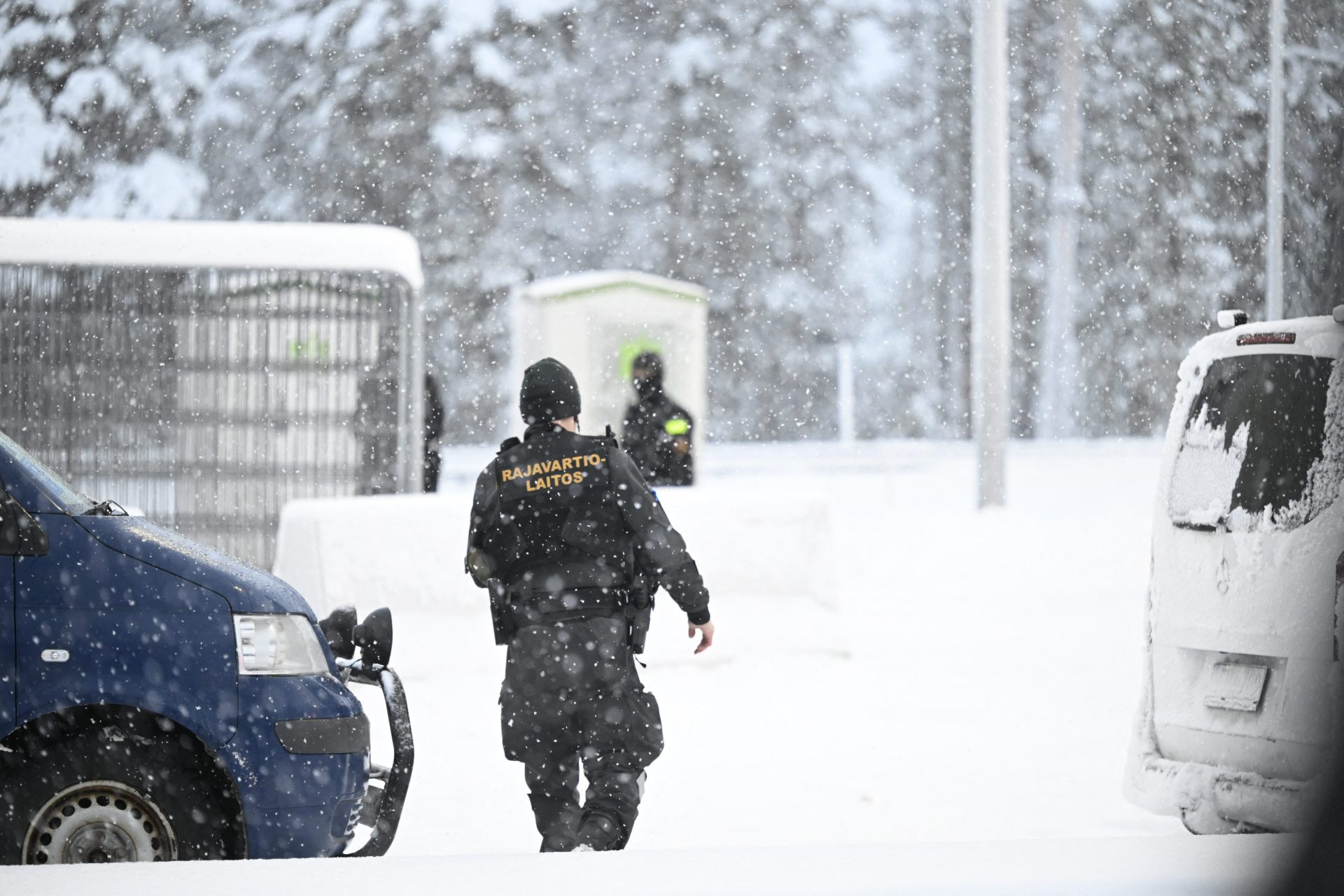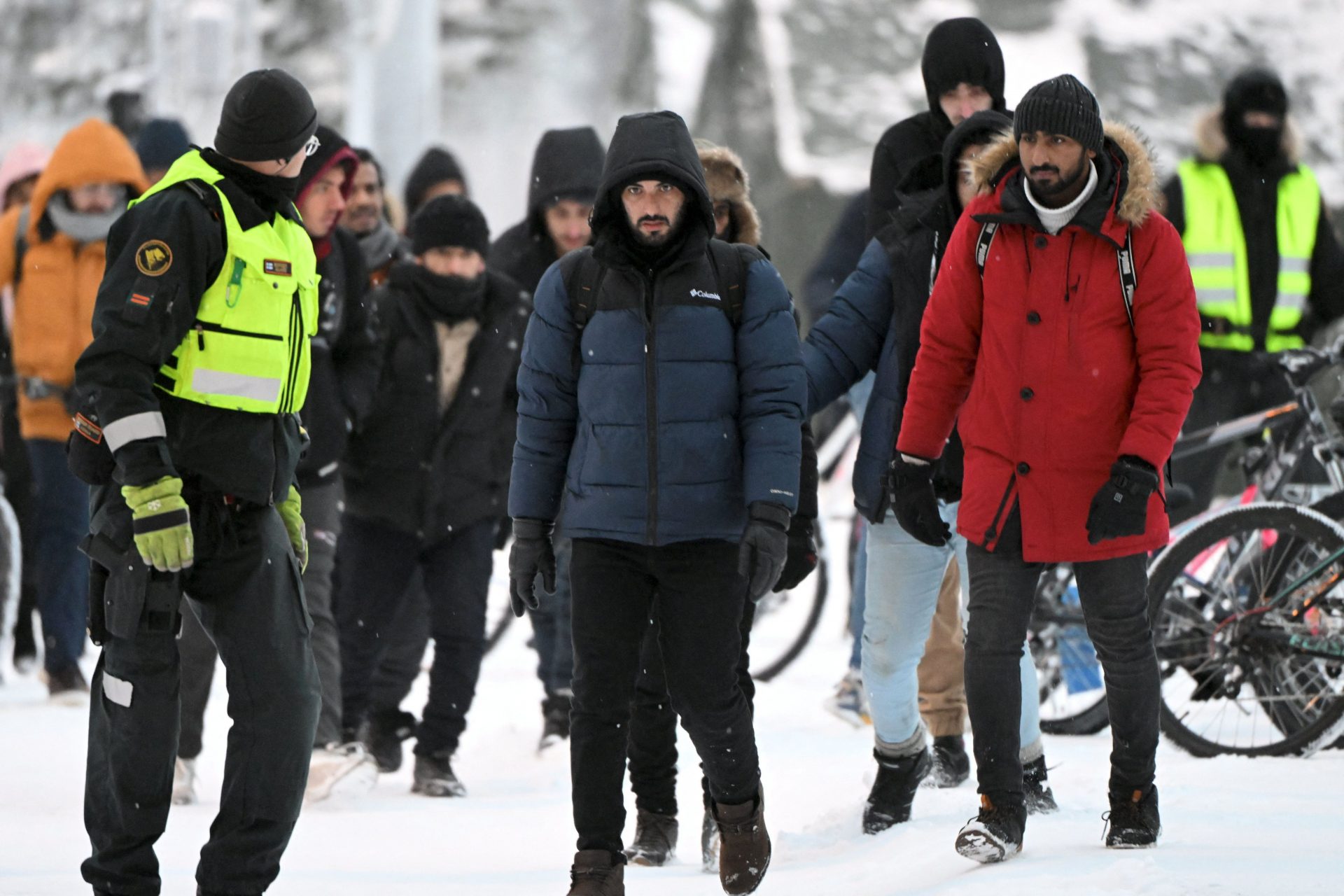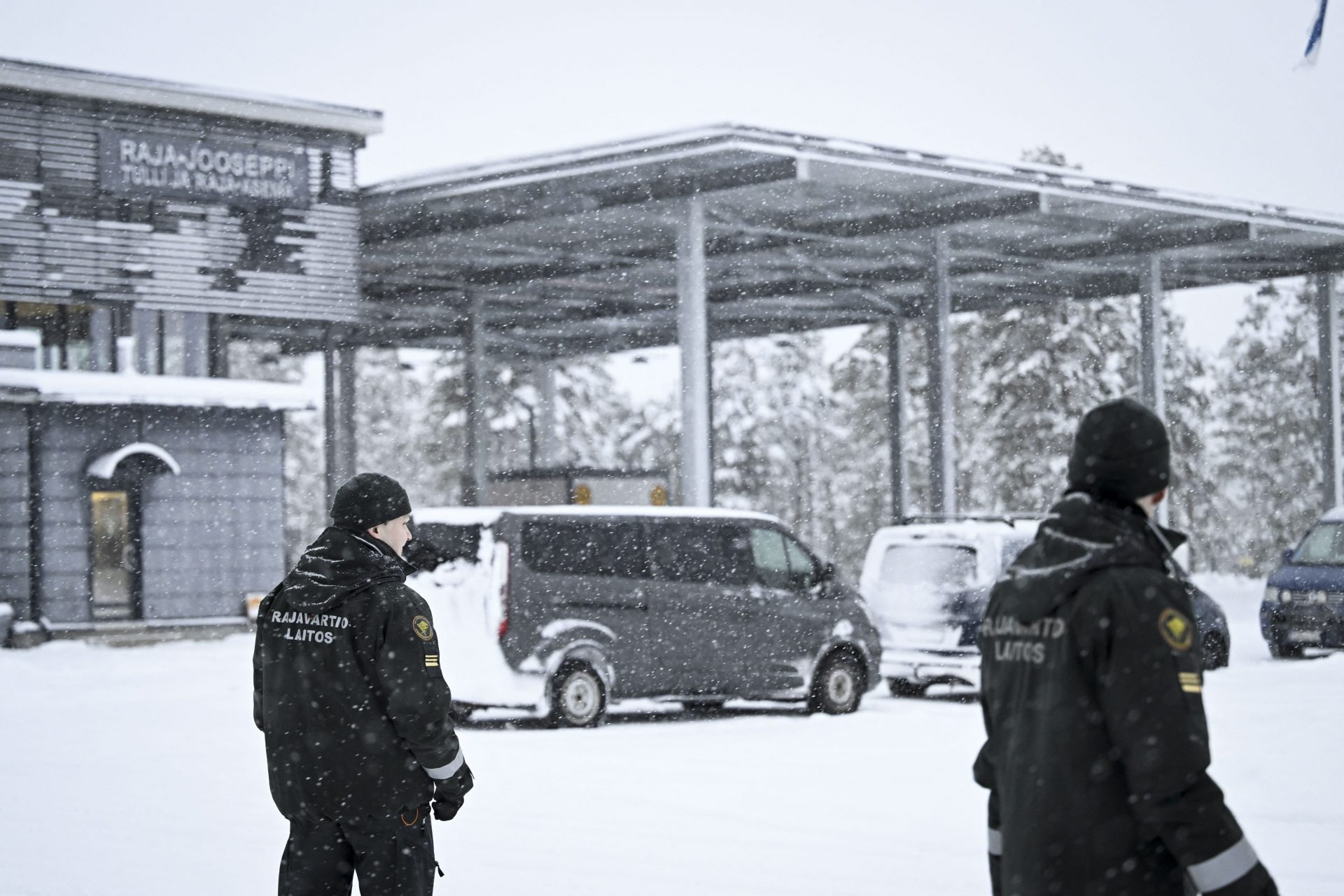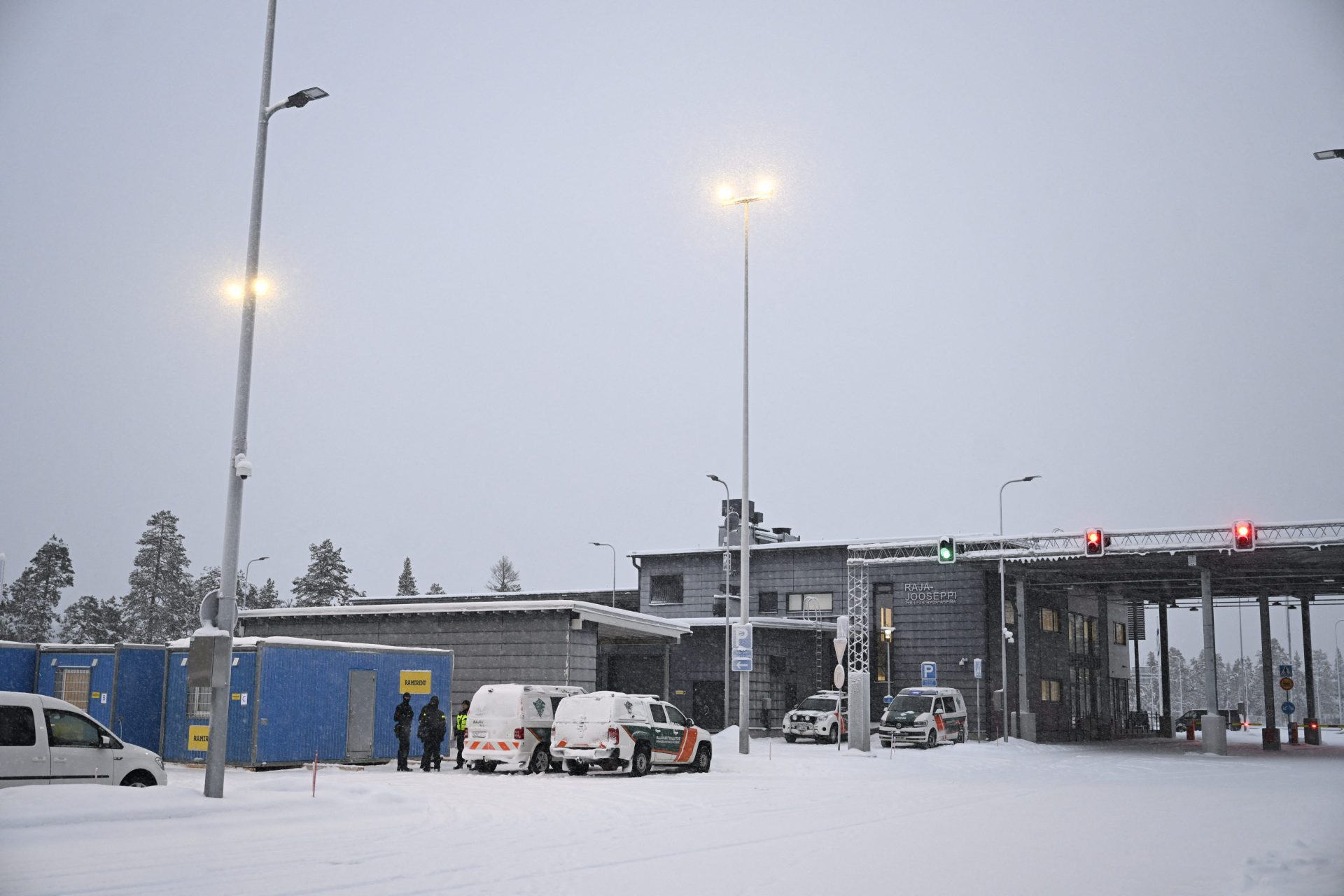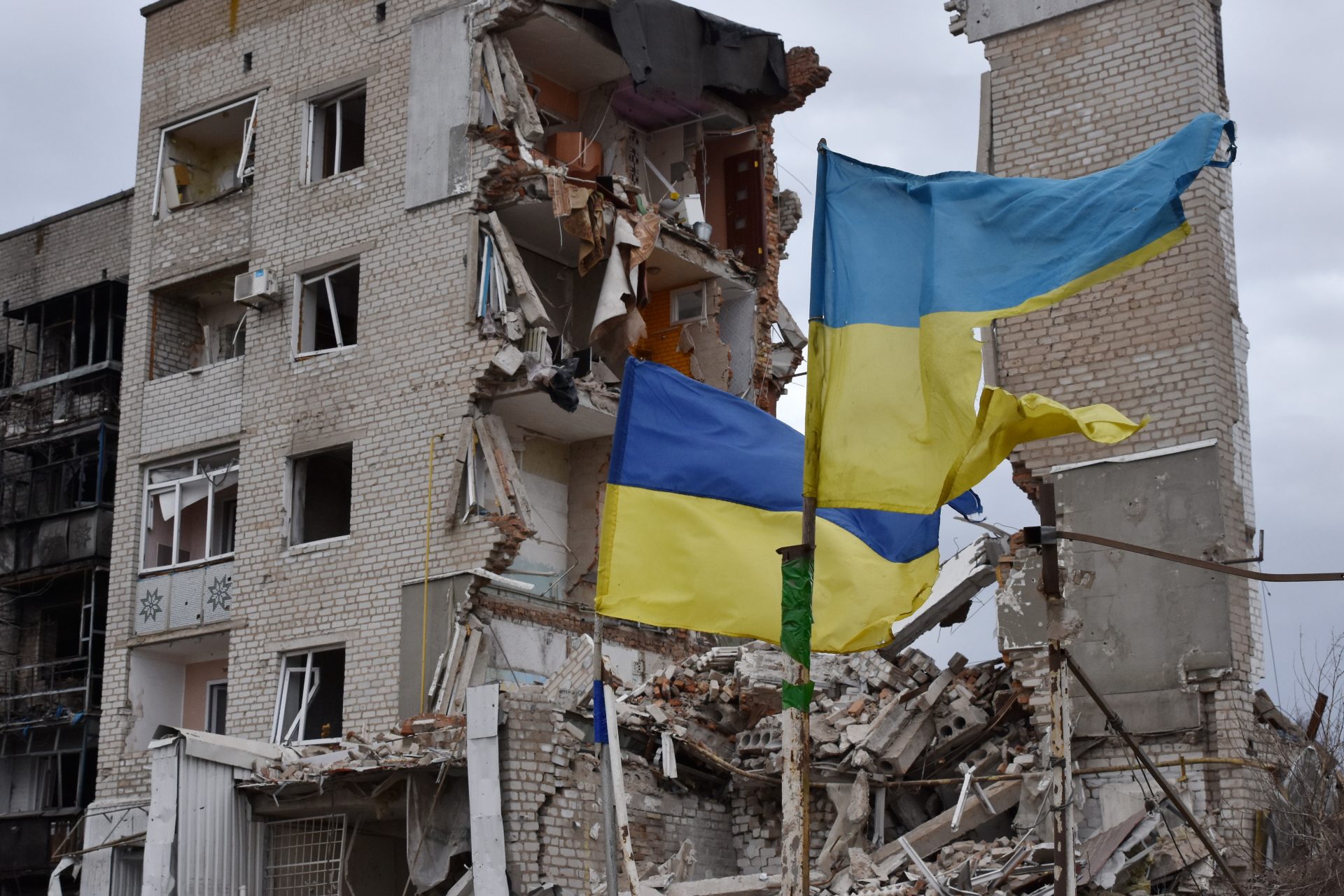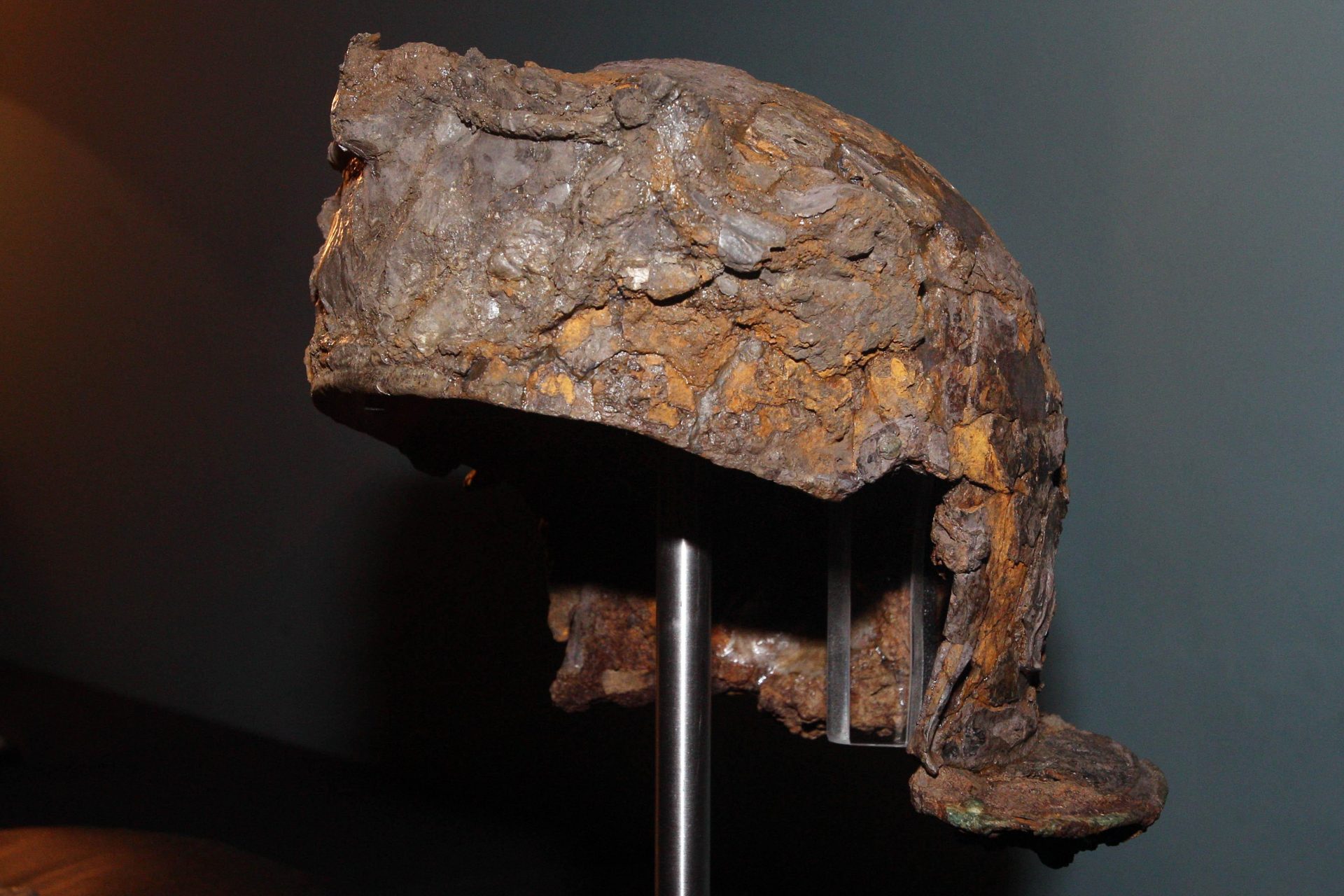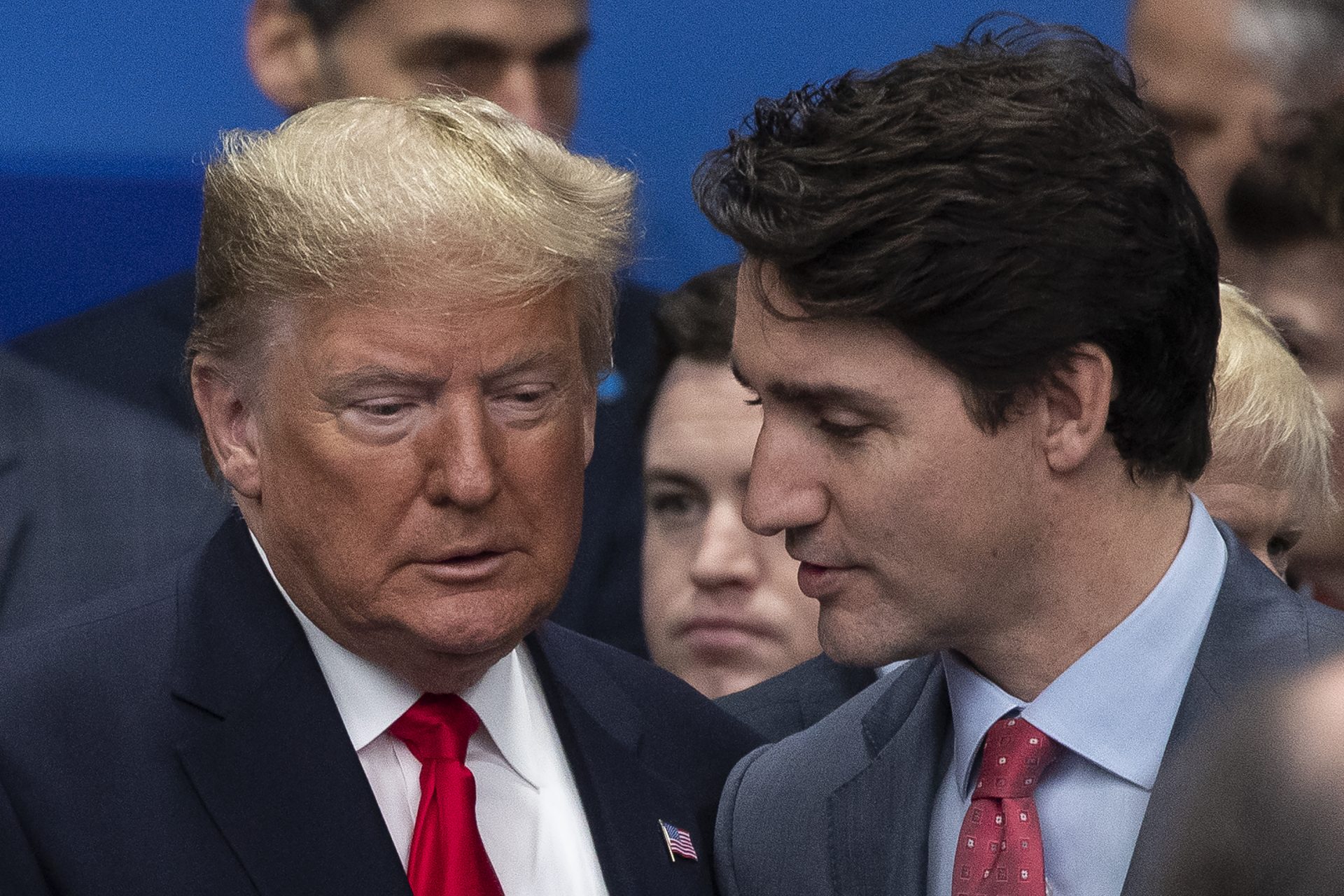Putin is trying a new scheme to destabilize NATO
Vladimir Putin has a new plan to destabilize the North Atlantic Treaty Organization and it involves fomenting a major migrant crisis on the borders of the military alliance’s newest member Finland.
Tensions between Russia and Finland have been rising ever since Finland put forward a bid to join the North Atlantic Treaty Organization (NATO) following Moscow’s invasion of Ukraine and concerns that Finland could be next.
In April 2023, Finland became NATO’s 31st member, a move that angered Moscow and led to retaliation. Helsinki has accused Russia of helping asylum seekers to move to its borders even though they lack proper documentation.
Roughly 700 asylum seekers mostly from Africa and the Middle East have arrived in the country since November, something Finnish authorities noted was a large increase over the previous month and put Finland’s security at risk.
In response to the situation, the Finnish government announced that it was planning to close a number of the country’s border crossings with Russia in order to secure its own internal security and put a stop to Russia’s schemes.
"It is clear that these people are helped and they are also being escorted or transported to the border by border guards," Finnish Prime Minister Petteri Orpo said while speaking with reporters on November 14th according to BBC News.
On November 16th, Helsinki closed four of Finland’s nine border crossing points along its 832-mile (1,340-kilometer) long border with Russia in an effort to end the increasing numbers of migrants attempting to enter the country.
However, the initial four border closings didn’t solve the issue and Finnish authorities moved to close several more border crossings with Russia on November 22nd in order to protect the country’s national security according to a government statement.
“Russia deliberately uses the people it directs to the border area for its own purposes,” the Finnish government wrote in its statement according to a translation from the New York Times.
The statement also noted that asylum seekers would only be able to apply for protection at the Raja-Jooseppi border crossing in order to centralize the process, adding that the measure was effective as of November 24th.
"We want to send a clear message to Russia: this must stop," explained Prime Minister Orpo on November 24th during a press conference with reporters and media, according to Reuters.
"It is not at this moment a question of asylum seekers, it is a question of hybrid attack and national security," the Finnish Prime Minister continued. However, Russian officials have denied claims that Moscow has been facilitating a migration crisis on Finland’s border.
Maria Zakharova is a spokesperson for the Russian Foreign Ministry and she called Finland’s accusations “unsubstantiated” and dismissed them in a post on her official Telegram channel as “misinformation.”
Unfortunately, the situation only escalated after Helsinki moved to close more of its borders and Russia. Russia heightened security in its northern Murmansk region in order to ensure its resident’s safety, according to the Russian News Agency.
"Russia wishes to cause harm or try to cause harm and confusion to Finland,” explained Mikko Kinnunen, an ambassador of strategic communications for Finland’s Ministry of Foreign Affairs, while speaking about the situation with Newsweek.
Kinnunen's assessment was one that the Washington-based think tank the Institute for the Study of War would agree with, writing in a November 20th Ukraine war update that Russia’s “apparent hybrid warfare tactic” was “likely similarly aimed at destabilizing NATO.
Mikko Kinnunen likened Russia's actions on Finland's border to those Moscow had deployed in 2015 and 2016 against the country, though the reasons behind the actions at the time were not.
"If there was confusion in 2015 and 2016, obviously there is no confusion anymore. Now everybody clearly understands this is a malicious influencing operation by Russia," Kinnunen said.
More for you
Top Stories



